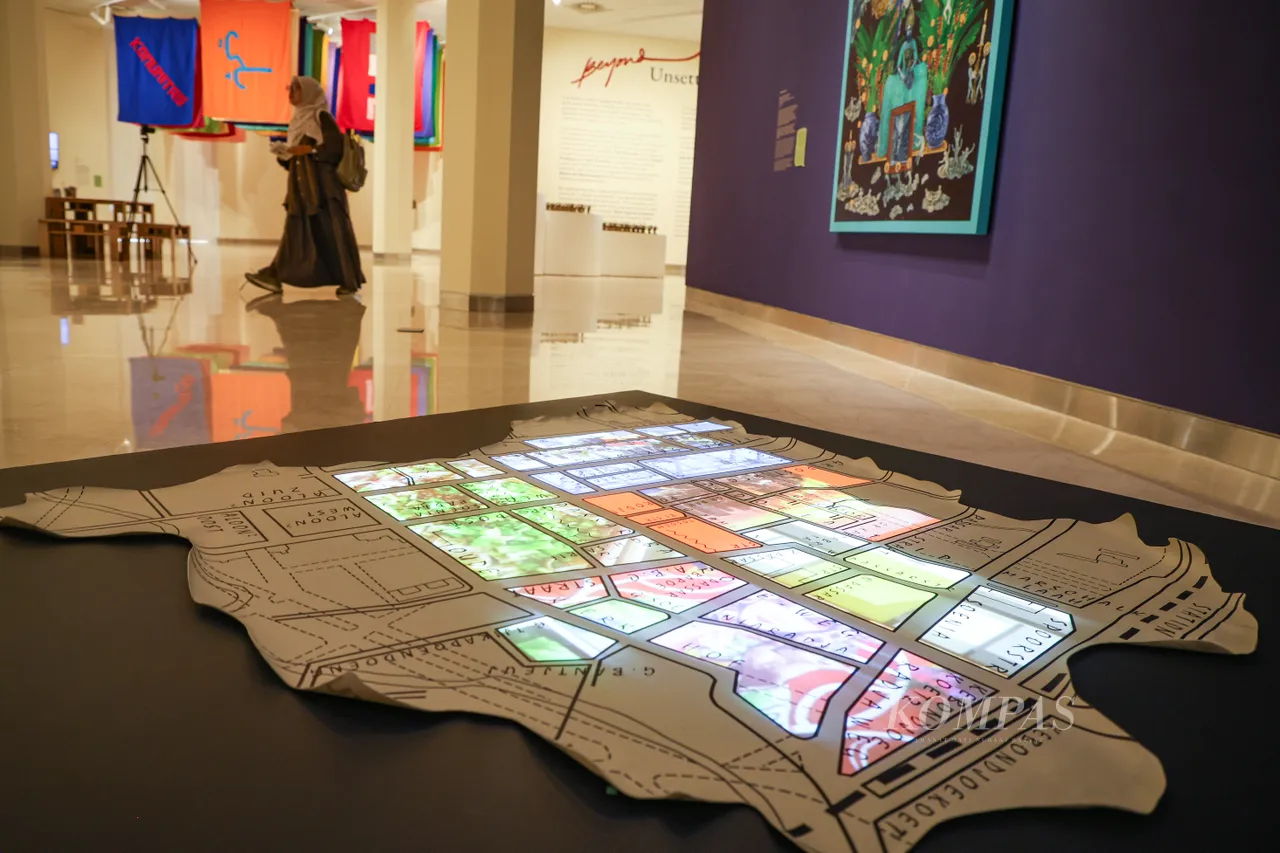
Robert Draws – The Emotional Mystery of ‘Worlds in Rooms’ explores the tension between closeness and distance found within the quiet intimacy of private spaces depicted in modern art. This collection, stretching from London to international exhibitions, brings together paintings that create emotional landscapes not through grandeur or overt expression, but through the subtlety of interior life. The focus is not on what is said, but what is left unsaid.
In artworks like Scarecrow by Sanya Kantarovsky, the viewer is confronted with figures that feel unreachable, even when placed within touching distance. In contrast, Vermeer’s Love Letters, now displayed at the Frick, uses light, gesture, and composition to draw us in. These different approaches reflect how private rooms, long used by artists to reflect domestic life, have evolved into spaces for emotional introspection. Viewers are not only invited to observe but are also subtly asked to feel the distance embedded in these settings.
In The Emotional Mystery of ‘Worlds in Rooms’, the contradiction of physical closeness and emotional isolation is rendered vividly. Kantarovsky’s Scarecrow captures a figure in a domestic setting that feels eerily hollow. The character may be present in the frame, but connection with them remains elusive. The viewer becomes a silent observer, watching an intimate world that refuses to open up. This technique is not exclusive to contemporary art.
Historical works like Vermeer’s scenes of letter reading also use barriers, such as turned backs or obstructive furniture, to withhold emotional transparency. In both cases, the room becomes a stage where vulnerability is suggested but not delivered. Though these figures occupy familiar spaces, a silent detachment lingers. The technique reminds us that presence does not equal connection. Even the softest light or warmest palette can carry a deep sense of isolation. These portrayals transform rooms into emotional mazes, where viewers must navigate what remains unspoken.
While many of these works rely on composition to create distance, others use light and gesture as emotional signals. In Vermeer’s Love Letters, light falls gently on the figures, illuminating not just faces but the implied tension between them. This subtle use of light invites the viewer to pause, not for clarity but contemplation. Nothing dramatic is depicted, yet the emotional weight is unmistakable.
The woman’s hand, slightly raised, and the letter itself, partially revealed, create a narrative filled with ambiguity. These tiny cues are charged with meaning, suggesting desire, secrecy, or doubt. In the context of The Emotional Mystery of ‘Worlds in Rooms’, such gestures are more than artistic choices — they are emotional devices. They hold the story without revealing it. The silence between characters becomes louder than spoken words. This technique shows how stillness can convey more depth than action, how a single glance or half-opened door can define a painting’s emotional atmosphere.
Private spaces have long been favored by artists to explore the interior world. In this context, rooms are not just backgrounds; they are mirrors. Within The Emotional Mystery of ‘Worlds in Rooms’, interiors are arranged not to display opulence or domestic order, but to reflect the characters’ emotional states. A chair left empty, a curtain slightly drawn, or the direction of someone’s gaze becomes symbolic. These elements can suggest longing, resistance, or introspection. A viewer might find themselves identifying with the very isolation the characters seem to endure. This technique turns passive viewing into active reflection. The domestic setting, once familiar and warm, is now loaded with unspoken emotion. By removing overt drama, these artworks rely on atmosphere to provoke response. The room, once a sanctuary, can also feel like a cage. In this way, the emotional terrain is expanded without the need for narrative excess or verbal expression.
Modern artists contributing to this genre appear less concerned with clarity and more invested in suggestion. Their works offer no neat stories, only emotional traces. In Scarecrow, for instance, ambiguity reigns. We are shown a person, a room, a mood — but not a motive. In Love Letters, we can sense intimacy, but its nature remains concealed.
This artistic restraint is not a limitation, but a strength. It allows viewers to project their own interpretations, to see themselves in the emotional shadows of these rooms. In this regard, The Emotional Mystery of ‘Worlds in Rooms’ becomes not just a theme, but an invitation. The works ask for patience and emotional engagement. They create space for the personal within the aesthetic. By resisting resolution, these pieces achieve a different kind of clarity — one rooted in feeling rather than understanding. The effect is not to answer questions, but to deepen them, turning each painting into a quiet emotional puzzle.